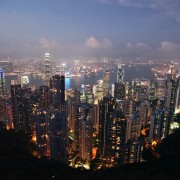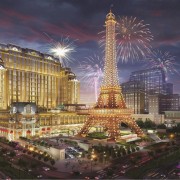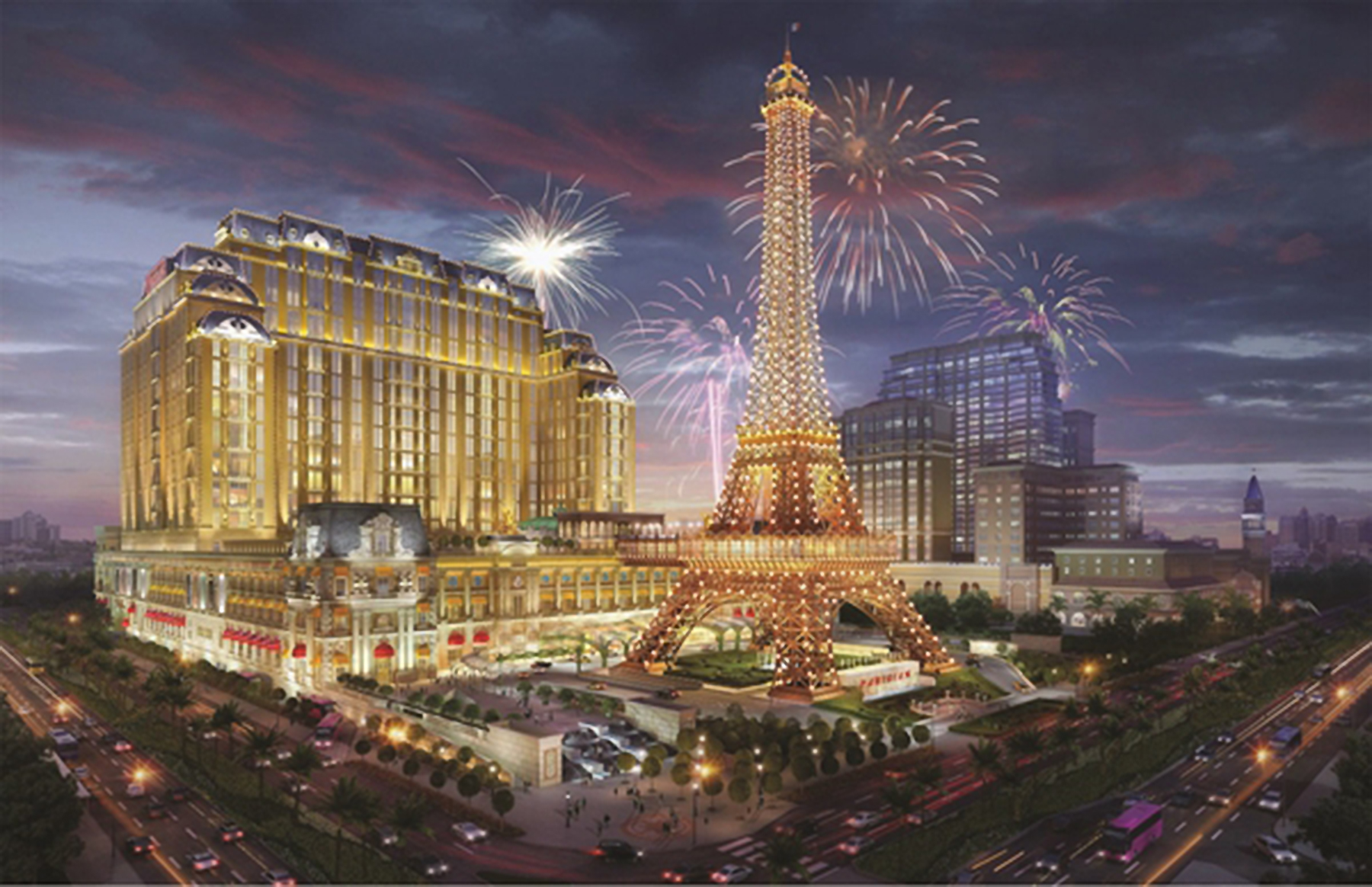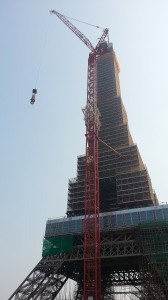Singapore ranks 10th most expensive City for construction
– Hong Kong is most expensive city in Asia for construction
– Ho Chi Minh City, Kuala Lumpur, Bangkok, Bangalore and Taipei among world’s cheapest cities for construction
Hong Kong is the most expensive Asian city to build in, followed by Macau and Singapore according to the International Construction Costs Index published today by Arcadis, the leading global Design & Consultancy firm for natural and built assets. Hong Kong trails behind New York and London, the top two most expensive cities in the global ranking.
The annual Arcadis index, which analyzes the relative cost of construction across 44 major cities, finds that strong currency performance and significant resource constraints have seen these ‘world city’ locations command premiums of up to 60 percent compared with many European locations.
However, this price inflation comes at a cost, with the viability of important commercial and public sector schemes put at risk in these cities as prices continue to soar. Furthermore, rising costs and the falling value of currencies could restrict demand from emerging market investors in these areas, potentially triggering a shift in interest to lower-cost cities in the long term.
Meanwhile, throughout 2015, every construction market worldwide saw overall cost inflation restricted due to the drop in commodity prices. Particularly with oil, growing uncertainty over prices will have a long-term impact on the global construction industry.
Alan Hearn, Head of Buildings Solutions, Asia, commented: “When it comes to development, the world’s major financial centers have always commanded a substantial premium. However, the sheer scale of demand-driven price increases this year in the likes of New York, London and Hong Kong has been remarkable. Add to this the recent global currency shifts and it is plain to see why building in these locations can cost up to sixty percent more than many European cities. The problem is that rapid inflation may soon see investors and even public sector bodies shut out as prices continue to spiral.”
ranking in Arcadis’ International Construction Cost Index are below:
| Asia Ranking | Global Ranking | Market |
| 1 | 3 | Hong Kong |
| 2 | 5 | Macau |
| 3 | 10 | Singapore |
| 4 | 19 | Tokyo |
| 5 | 20 | Seoul |
| 6 | 27 | Shanghai |
| 7 | 29 | Brunei |
| 8 | 30 | Manila |
| 9 | 35 | Jakarta |
| 10 | 40 | Ho Chi Minh City |
| 11 | 41 | Kuala Lumpur |
| 12 | 42 | Bangkok |
| 13 | 43 | Bangalore |
| 14 | 44 | Taipei |
Alan Hearn continued: “Singapore’s construction market has enjoyed a strong recovery since 2010. It is for this reason that the recent slowdown in residential and commercial markets represents something of a correction. In the private sector, both the residential and industrial sectors were relatively weak in 2015 and the office market also suffered due to oversupply.
Looking ahead, continued investment in road and rail can be anticipated as these aspects of infrastructure have not received as much investment in recent years in Singapore. For Asia, China’s economic slowdown and weakening demand in many cities, including Singapore and Jakarta, mean that growth in the region is expected to ease as we enter 2016.”
The full report can be downloaded here: arcad.is/ICC2015





